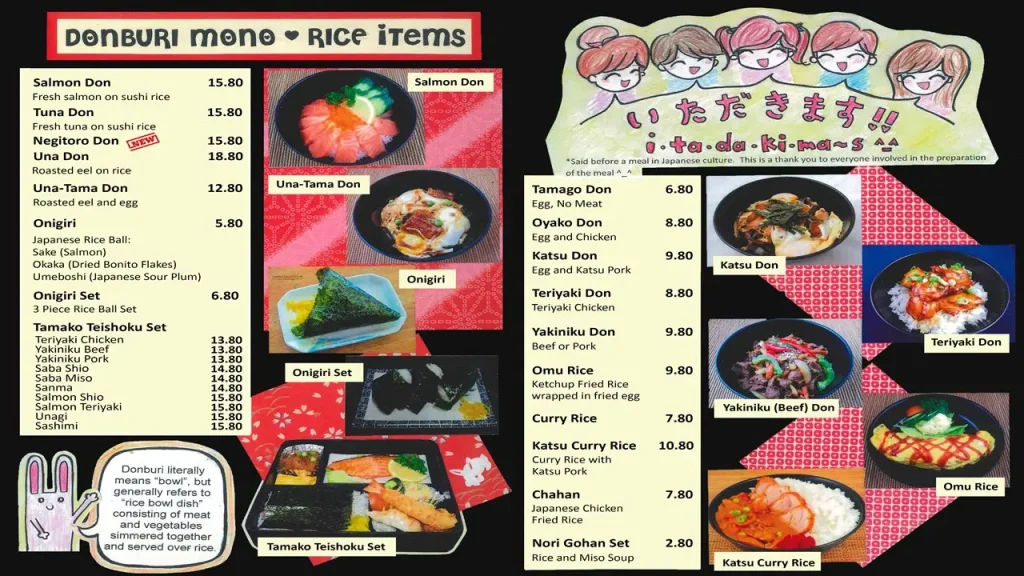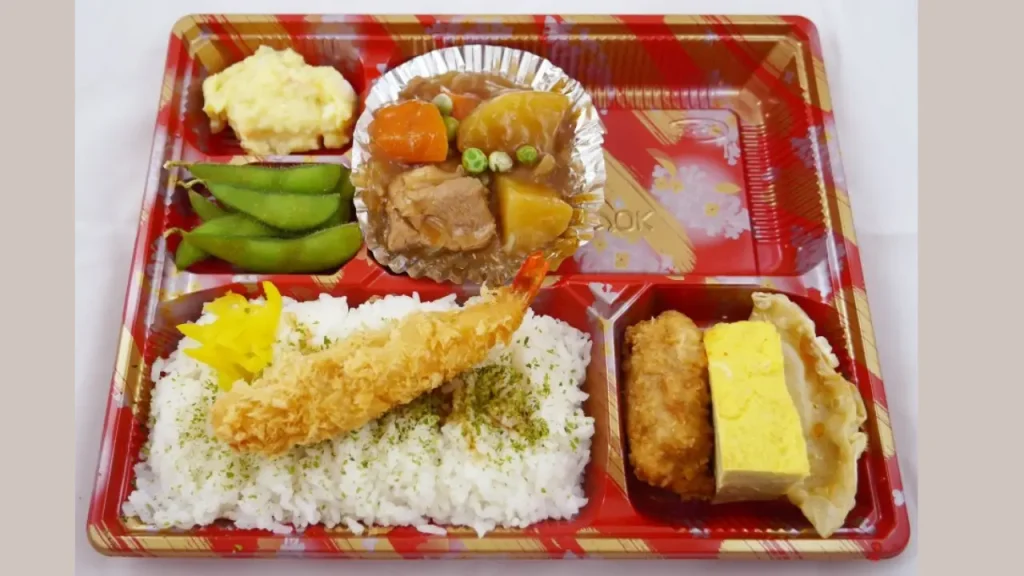Tamako meal is a popular Japanese dish that brings comfort and flavor together. It is simple, yet incredibly satisfying to eat. People love meals because they use fresh, everyday ingredients. They are full of taste and nutrition, and easy to prepare at home. When you hear “tamako,” it refers to “tamago,” the Japanese word for egg. Thus, a meal mainly celebrates eggs. Today, let’s dive deeper into the history, ingredients, variations, and joy that a meal brings to the table.

History Behind Tamako Meal
The history of the tamako meal goes back centuries in Japan. It began as a way to make eggs the centerpiece of a meal. Farmers and villagers created meals using the fresh eggs their hens laid each morning. It became a tradition over time. Even today, the simple and rich taste of a meal brings people together at breakfast tables and cozy kitchens.
Main Ingredients

The most important part of a tamako meal is fresh eggs. However, other ingredients are used to enhance the taste.
Here are common ingredients for making a basic meal:
| Ingredient | Purpose |
|---|---|
| Fresh Eggs | Main protein and flavor |
| Rice | Base of many tamako dishes |
| Soy Sauce | Adds savory taste |
| Mirin (Sweet Rice Wine) | Gives sweetness and depth |
| Dashi (Soup Stock) | Adds rich, umami flavor |
Each ingredient plays a big role in creating a meal that is full of flavor and tradition.
Popular Types

There are many delicious types of tamako meals you can enjoy, each offering a special twist on the simple egg.
Some popular types include:
- Tamago Kake Gohan: A raw egg cracked over warm rice, seasoned with soy sauce.
- Tamagoyaki: A rolled omelet made with sweetened and seasoned eggs.
- Chawanmushi: A savory egg custard steamed with mushrooms and seafood.
Each version of a meal is special and delicious in its own way, showing how eggs can be prepared creatively.
Why People Love Tamako
The love for Tamako is easy to understand. It is comforting, tasty, and easy to prepare, even for beginners. Because the meal is simple, it fits any time of the day, whether breakfast, lunch, or even a quick dinner. Moreover, it is healthy and packed with protein, making it a good choice for those looking for both taste and nutrition.
Prepare a Simple Meal
Making a basic tamako at home is easier than you might think. You only need a few ingredients and a little time. First, cook your rice or prepare a small bowl. Then beat a fresh egg lightly and pour it over the warm rice carefully. Add a few drops of soy sauce or dashi for more flavor. Mix it quickly, and enjoy your homemade meal.
Tamako in Japanese Culture
In Japan, tamako meal is not just food. It represents home, family traditions, and the beauty of simple living. Children grow up eating meals and remember the warmth of home-cooked breakfasts even when they grow older. Restaurants across Japan also serve different versions of meal, making it a beloved dish for many travelers.
Nutritional Value
A tamako offers many important nutrients that your body needs to stay healthy and energetic during the day.
Here is a simple table of the nutrition found in a standard meal:
| Nutrient | Amount per Serving |
|---|---|
| Protein | 12 grams |
| Carbohydrates | 45 grams |
| Fats | 7 grams |
| Calories | 300 kcal |
| Vitamins (A, B12) | High |
Eating a tamako helps you get protein, healthy fats, and important vitamins in one delicious and easy dish.
Modern Twists
Today, many chefs and home cooks are adding creative twists to the traditional tamako to keep it exciting. Some people add cheese, cooked vegetables, or even spicy toppings to give their tamako a modern flavor boost. Others mix in brown rice or quinoa to make a healthier version while still keeping the soul of the original dish alive.
Final Thoughts
The beauty of the Tamako meal lies in its simplicity, flavor, and the memories it creates at family tables everywhere. Whether you like it traditional with just egg and rice or modern with cheese and spices, the meal always satisfies. Next time you want something comforting, quick, and healthy, try preparing your version of the amazing meal!



